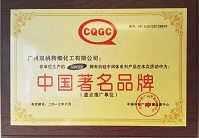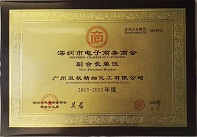
![]() E-mail: admin@gz-chemical.com
E-mail: admin@gz-chemical.com
Email us,best price and silane solutions for you!
Tel:+86 (20) 29035969

![]() E-mail: admin@gz-chemical.com
E-mail: admin@gz-chemical.com
Email us,best price and silane solutions for you!
Tel:+86 (20) 29035969


The crucial spread between paraxylene and feedstock naphtha widened by $42.40/mt, or
12%, year on year from an average of $353.30/mt in 2015 to $395.70/mt in 2016, according
to S&P Global Platts data.
The spread was widest at $452.17/mt on August 5, a level not seen since August 19, 2014,
when it was $468/mt.
The spread averaged $361.30/mt in 2014.
Integrated PX producers need a spread of $200-300/mt for breakeven, depending on the
plant's size, age and other factors.
The main reason for the wider spread in 2016 was expansion in downstream purified
terephthalic acid capacity in China and lower naphtha prices, sources from South Korean P
X producers said.
China Prosperity Jiangyin Petrochemical, also known as Hanbang Petrochemical, started it
s new 2.2 million mt/year PTA plant at Jiangyin in the eastern Jiangsu province last March.
"For 2016 there was only PTA expansion, no PX expansion. Balancewise, [there was] more
demand from the PTA [sector]," said a source with a South Korean PX producer.
Meanwhile, the spread between CFR Taiwan/China PX and FOB Korea isomer-MX widened
4.8% year on year to average $147.03/mt in 2016. Unintegrated PX producers have
previously indicated that a spread of $160-$180/mt was needed for breakeven.
Contributing to a marginal widening of the spread was new supply in the form of three new M
X plants in Japan and South Korea, with the startup of Hyundai Chemical's 1 million mt/year
facility in late October.
The PX-toluene spread also widened by $20.20/mt, or 11.1%, year on year to average
$202.60/mt in 2016.
A PX producer described the calculation of the breakeven level for the PX-toluene spread as
"complicated" as it depends on the spread with other products such as benzene.
Toluene is typically used as a feedstock in toluene disproportionation units to produce
benzene and xylenes, of which the latter is further separated to produce PX.
Guangzhou Double Peach Fine Chemical Co.,Ltd
Address: No 3401 Huangpu East Road, Huangpu District, Guangzhou, China
Tel:+86 (20) 29035969 Fax:+86(20)29035979
Tel/Wechat/Whatsapp:0086 13826126978 admin@gz-chemical.com